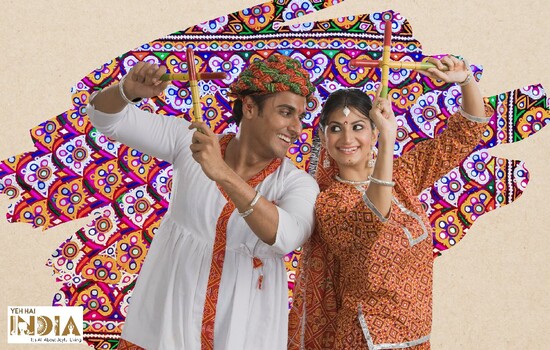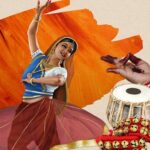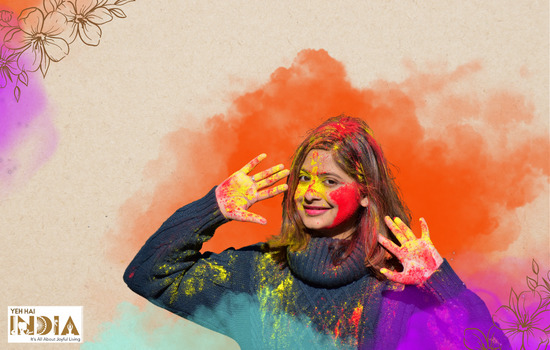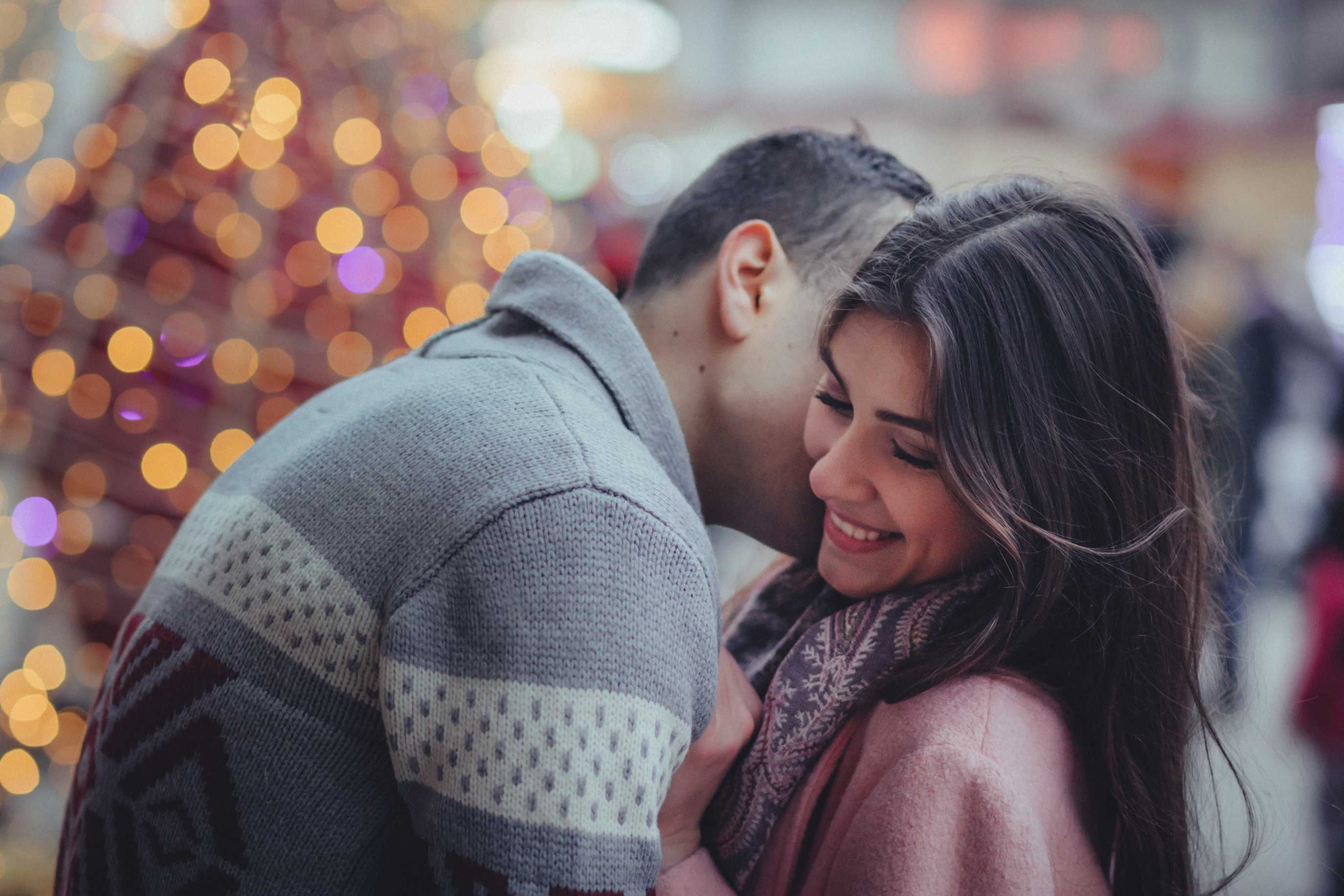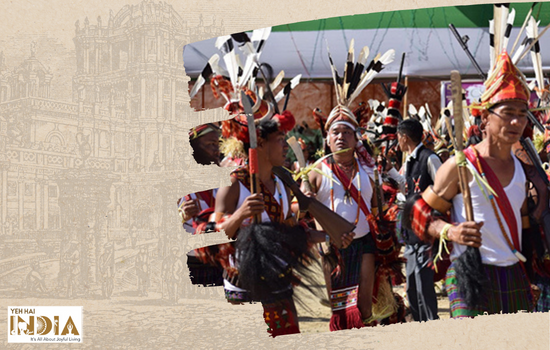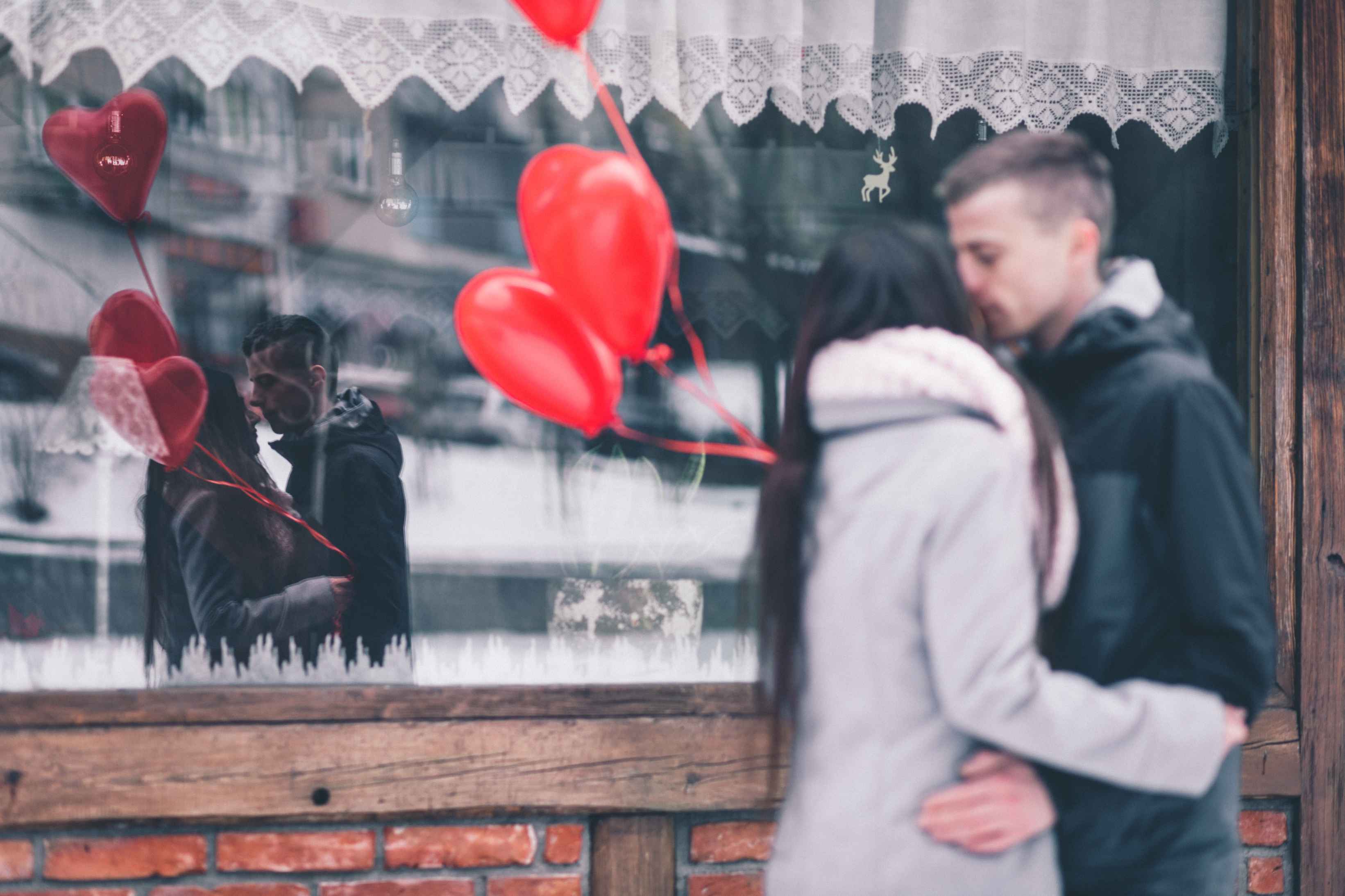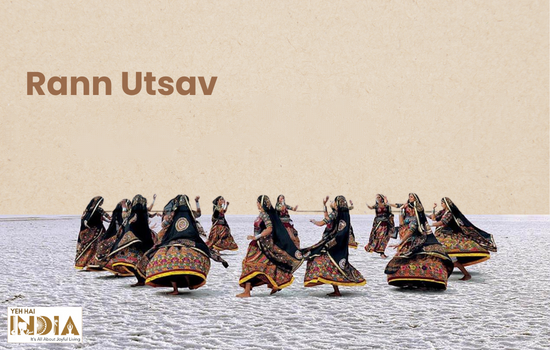Garba is a world famous dance form that beautifully reflects Indian culture.
India has been home to varied form of cultures and traditions often manifested into a plethora of art forms including paintings, crafts, dances, folk festivals and celebrations. These diverse cultures resonate beautifully with its rich heritage.
One of the highest octane energetic dance forms that has fans all over the world and is a wonderful mix of vibrancy, traditions and festive celebrations– The Garba.
Originating from Gujrat, the dance has been one of the core forms of Indian cultural depiction often celebrated and performed during the Navaratri celebrations and sometimes in other social occasions.
Its deeply symbolic roots combined by divinity, colorful celebration, and vibrancy has made it one of the most known dance forms in India and around the world.
Here is everything you need to know about Garba, its history, significance and its cultural eminence.
Garba Dance Meaning and Origin
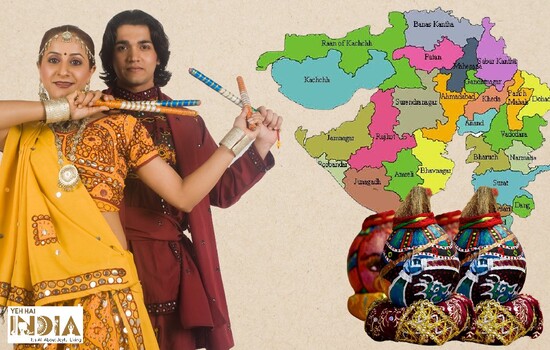
Derived from the Sanskrit word Garba which means womb, this dance is usually performed around a ‘diya’, an earthenware lamp which is symbolic of the divine energy residing in a ‘devi’ or godess.
Due to its historic significance, the dance has almost become synonymous to Gujrat’s cultural heritage.
Conventionally, the dance is performed during the nine-day Navratri festival in India and also other parts of the world around a lamp or deep, which is placed in the middle of concentric rings, as an object of devotional veneration.
Sometimes, the dance is also performed around the image of godess Durga, which represents life. The circular dance is also in sync with the Hindu belief of a cyclic rotation of life – namely birth, life, death and rebirth.
Though the forms of performance may change, the lamp or the godess at the centre remains to be constant in each performance. This signifies that the universe is represented in the form of a feminine divine and it remains unchanged all the time.
The lamp, deep or the lantern represents the human body carrying the soul within. Gathering and moving around these circles depicts the time cycle and infinite nature of birth and death according to the Hindu mythology.
Recommended Story – Top 10 Kathak Dancers In India
Garba Dance Cultural Significance
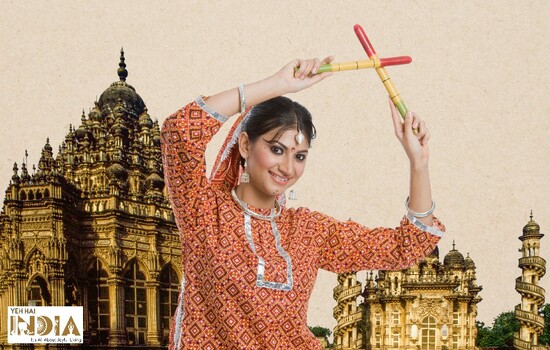
While this dance belongs to Gujarat, it has become immensely popular throughout the country due to its characteristic vibrancy during the Navratri festivities.
Garbha and its sister dance ‘Dandiya‘, are performed around the country in large festive gatherings arranged at various temples, grounds and places almost in every corner of India today.
Traditionally, the art is performed by both men and women who move in graceful and rhythmic steps in a circle around the illuminated lantern. The dancers clap and sing in circular movements often attributed to the circle of life.
Known for its sweeping action side to side, garba is accompanied by singing and playing musical instruments. These include dhol or a double headed drum, a similar but smaller instrument called dholak, handclapping, and assorted metallic idiophones such as cymbals among others.
Historically, the dance is known to have been guided by classical singers and instruments like shehnai or a double reed instrument. Nevertheless, the modern practices have replaced these with synthesizers and harmonium.
Especially since the last 2 decades, there is notable proliferation of garba around the world. These include massive competitions of the dance performance in universities through dance troupes, festive arrangements made by the governments.
This dance also finds its manifestations into several folk forms performed in Tamilnadu, Telangana, Karnataka and in Rajasthan.
The music or songs played are mostly in Gujrati language. Modern influence has however added a twist to these customs and replaced Gujarati songs with bollywood music with a bit of modern influence to improve its global appeal for worldwide audience globally.
Types of Garba
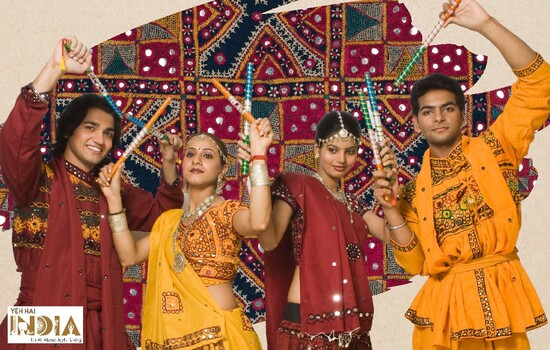
The folk dance events in Garba consist of various Gujrati dance forms that are unified into snap, clap and twirl style. According to Gujarati language, taali garba and tran taali garba are the two form of garba dance forms.
This simply translates to two-clap and three-clap Garba steps, respectively. The dance is performed barefoot in both the cases and is conducted in open spaces.
Moving counterclockwise, participants in the dance form a concentric circle and move in opposite directions. They start with slow steps and eventually increase the tempo while everybody’s feet merge into a trance like sync in both the types of garba.
Recommended Story – Kathak- The Classical Indian Dance Form
Garba Costumes, Fun and Frolic
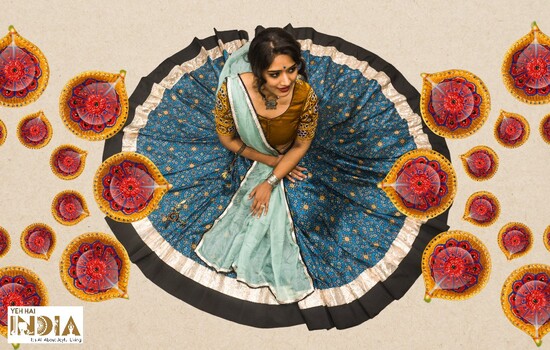
The costumes, songs and the coming together of the masses highlight the inherent and true merits of its popularity. Women performing garbha wear a Chaniya Choli accompanied by a dupatta, often wore in Gujrati style.
The colours of the clothes are often vibrant and include red, orange, yellow and bright vivid colors with mirror work that is one of the famous embroidery forms from the state.
A traditional costume may include brightly coloured chaniya, choli and ghagra along with abhla (mirrors) and bhandani (tie-dye).
Women also adorn themselves with heavy jewellery such as necklaces, jhumkas, payal, chudas and bajubandh, along with waist belts. Traditionally, men wear ethnic kedia and a pyjama or a dhothi with oxidized bracelets and sometimes necklaces.
Men also sometimes wear ghagra and a pagdi, usually in Bandini fabrics and special footwear called as the mojris. This depicts the main cultural stronghold of this dance form.
The biggest value of garba lies in its fun and celebrating factor. The social mingling of the dance accompanied by the Navratri rituals where Hindus give special respect to parents, elders and treat them as divine beings which expresses the rich vibrancy of an eco-system this festival creates.
No matter which part of the world you are from, it is not hard to find yourself soaked in the whirpool of this frenzy action of garba performance. Garba is coming together of life, celebration, festivity, joy and happiness.
The symbolism of garba is, thus, living the moment fully and letting your inhibitions of life take a backseat, so you can enjoy the liveliness and absolute spirit of life.
Also Read – Best Indian Famous Classical Dancers of all times 2022


